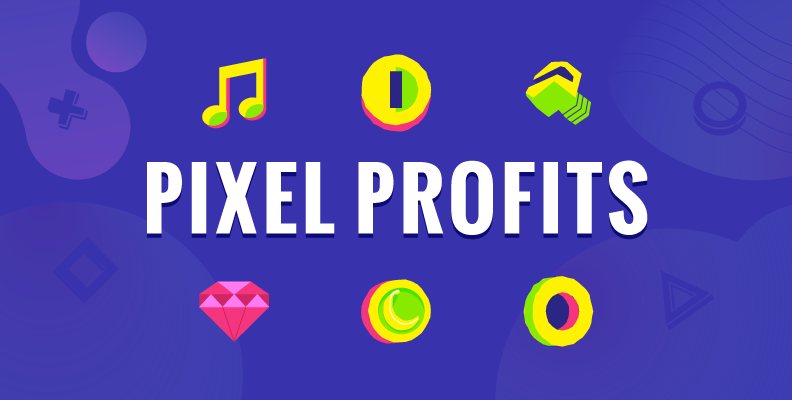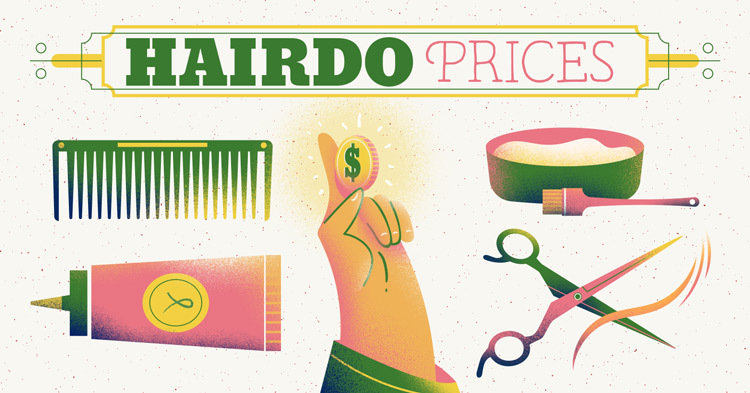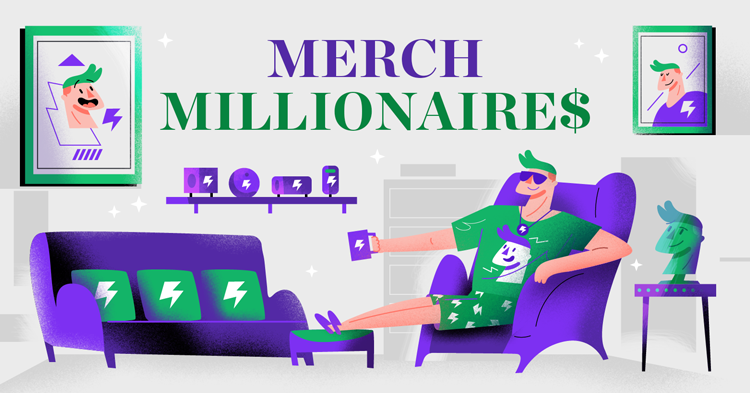Video games offer users the opportunity to experience risk, reward and adventure from their own homes while inhabiting fictional characters and exploring fantastic new worlds. But while gamers often come for the opportunity to fight robots in space or slay supernatural beasts in medieval times, another aspect keeps them playing far after the campaign is over: making money.
Almost every game has a money-making component, and fictional currencies help add a sense of reality to made-up worlds. Most video games have a unique currency and pricing system for in-game goods, and while some of these currencies are abstract — Musical Notes in Banjo-Kazooie, for example — the prices of goods and services within the game can help tie their value to the U.S. dollar.
Players can generally farm well more money than is needed to complete a game’s storyline and often amass fortunes that would earn them a spot on the Forbes 400. But which of our video game heroes are the richest?
We looked at a number of fictional currencies to determine the career earnings of 12 popular video game characters. We also compared the in-game value of real-world items to their real-world cost to discover the most valuable video game currencies ever.
Who Are The Richest Video Game Characters?
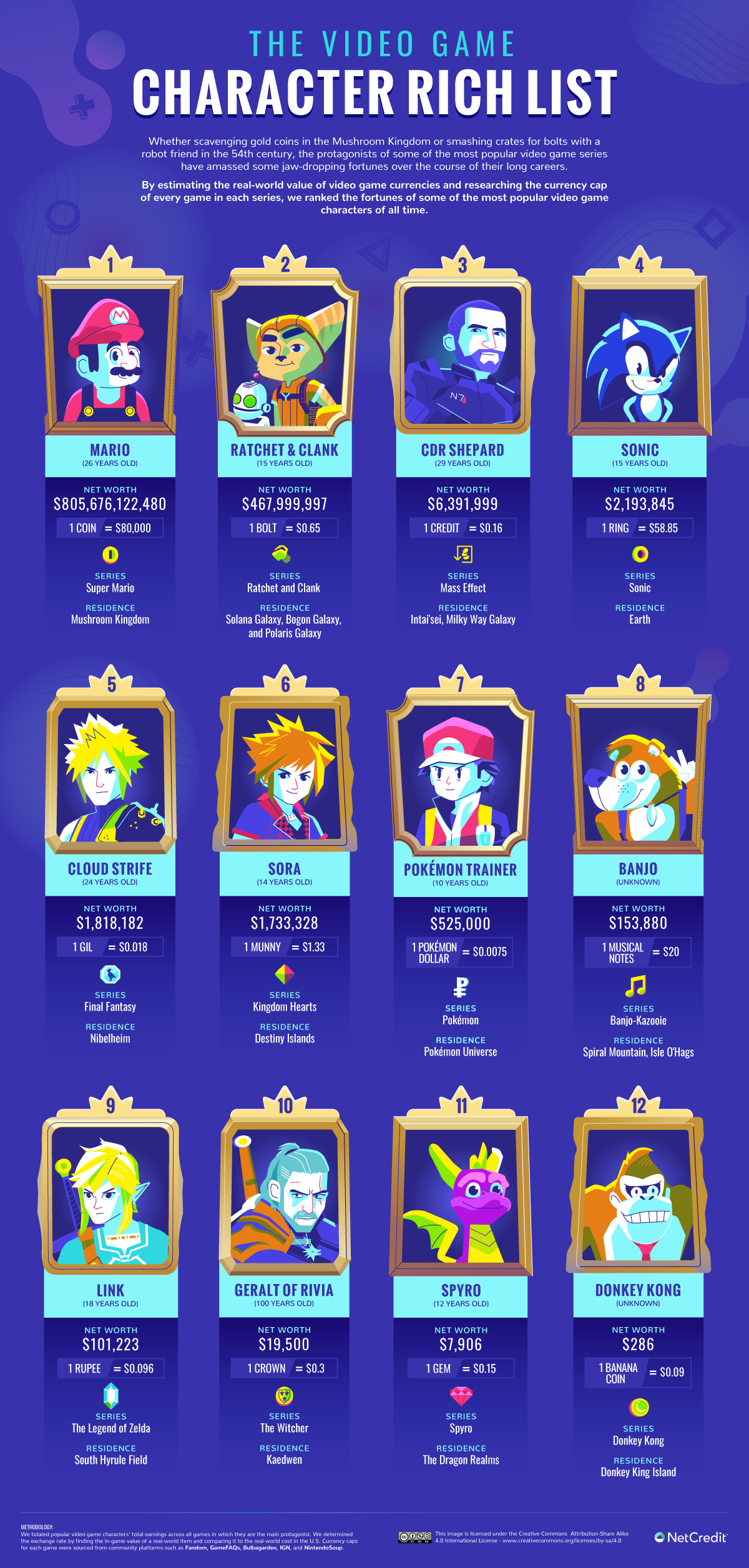
Converting fictional currencies to U.S. dollars, we found that the wealthiest character is also the most popular — Mario. Through a long career collecting gold coins, the plumber has become a multi-billionaire, capable of buying Donkey Kong thousands of times over.
In second place is Ratchet and Clank. While the duo collects metal bolts — worth just 65 cents a pop at Home Depot — they have collected more than 700 million of them, pushing the value of their total fortune to roughly $458 million.
What Are the Most Valuable Video Game Currencies?
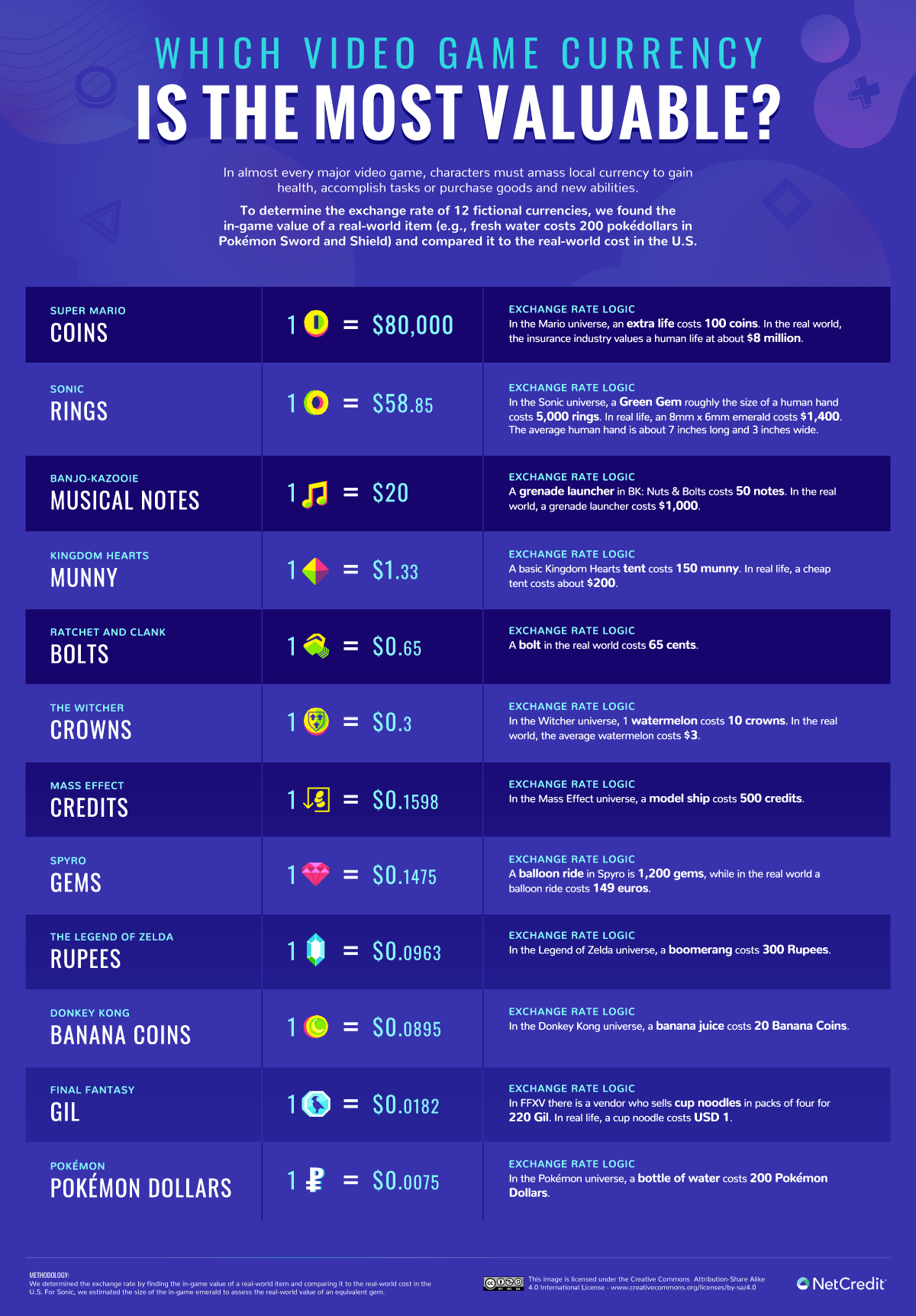
In Banjo-Kazooie a grenade launcher costs 50 Musical Notes. In the real world, a grenade launcher costs roughly $1,000. All things (including Purchasing Power Parity) equal, this relationship would imply that one Musical Note is worth about $20.
Not surprisingly, the gold coins of the Mario universe are the most valuable fictional currency. In the Mushroom Kingdom, 100 gold coins gets Mario an extra life. In the real world, the insurance industry values a human life at roughly $8 million. All things equal, this implies that one gold coin is worth $80,000 — far more than any other video game currency.
Which Games Are Most Profitable For Our Heroes?
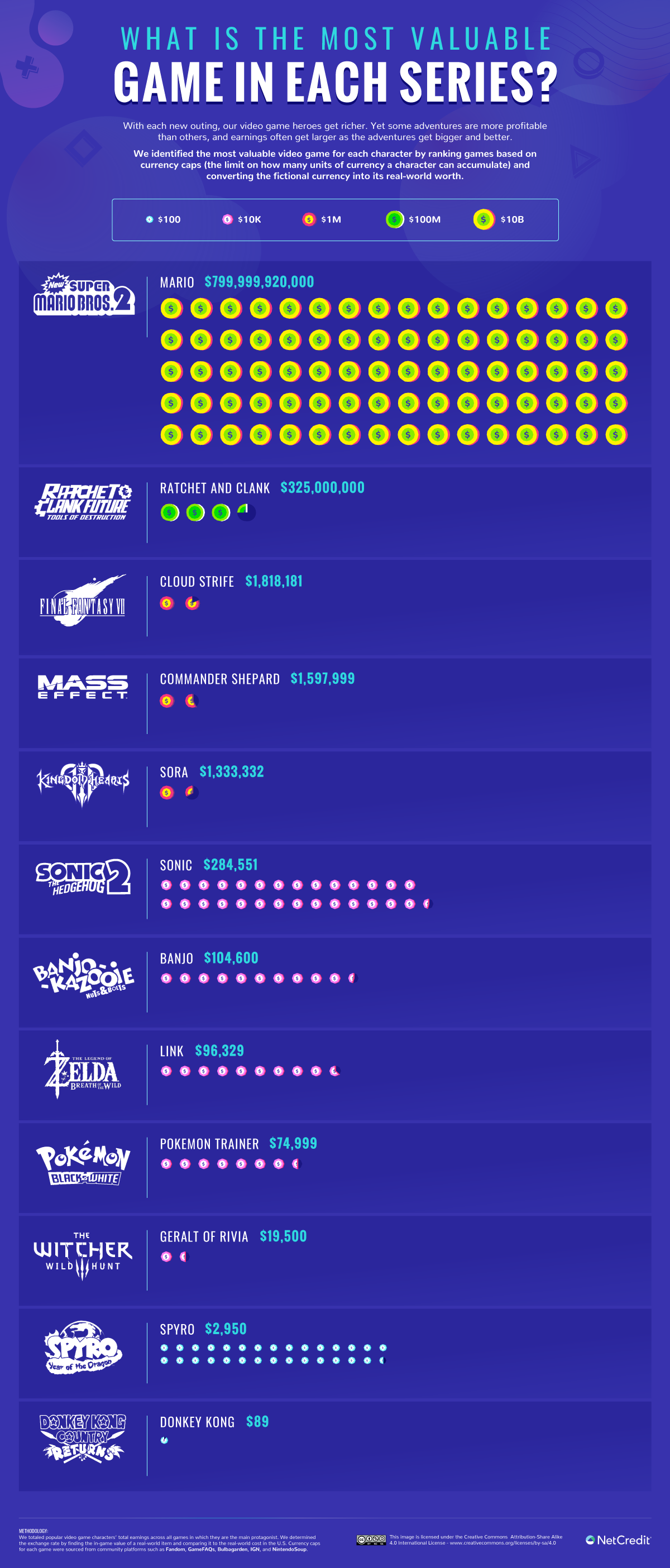
Total earnings vary from game to game. While in some series, the currency cap increases with every sequel, the maximum amount of earnable currency fluctuates from game to game in other franchises. In the Legend of Zelda universe, for example, Link’s carrying capacity rises from 255 to 999,999, making Breath of the Wild the most profitable adventure to date. Similar expansions occur throughout the Pokémon, Kingdom Hearts and Ratchet and Clank franchises.
In other series, however, installments earlier in the franchise offer the opportunity for huge earnings. In the Mario universe, for example, Mario generally earns several thousand gold coins per game. In New Super Mario Bros. 2, however, the currency cap is nearly 10 million gold coins — accounting for a bulk of the plumber’s total wealth.
Fortune Favors the Bold
If this saying is true, our favorite video game characters are really quite bold, with a combined fortune in the hundreds of billions of dollars. To learn more about the exchange values and currency caps for the video games in our analysis, go to bit.ly/VideoGameRichList
Methodology
We made a list of popular video game characters. Then we summed the currency caps for all games in a franchise in which the respective character is the main protagonist. For The Witcher 3, we used the original currency cap before a programming bug increased it immeasurably.
We then converted the total amount of fictional wealth earned over a character’s video game career to U.S. dollars by determining the exchange rate, which we did by finding the in-game value of a real-world item and comparing it to the real-world cost.
We sourced data on currency caps and the price of goods from discussion boards and community platforms such as Fandom, GameFAQs, Bulbagarden, IGN and NintendoSoup.


